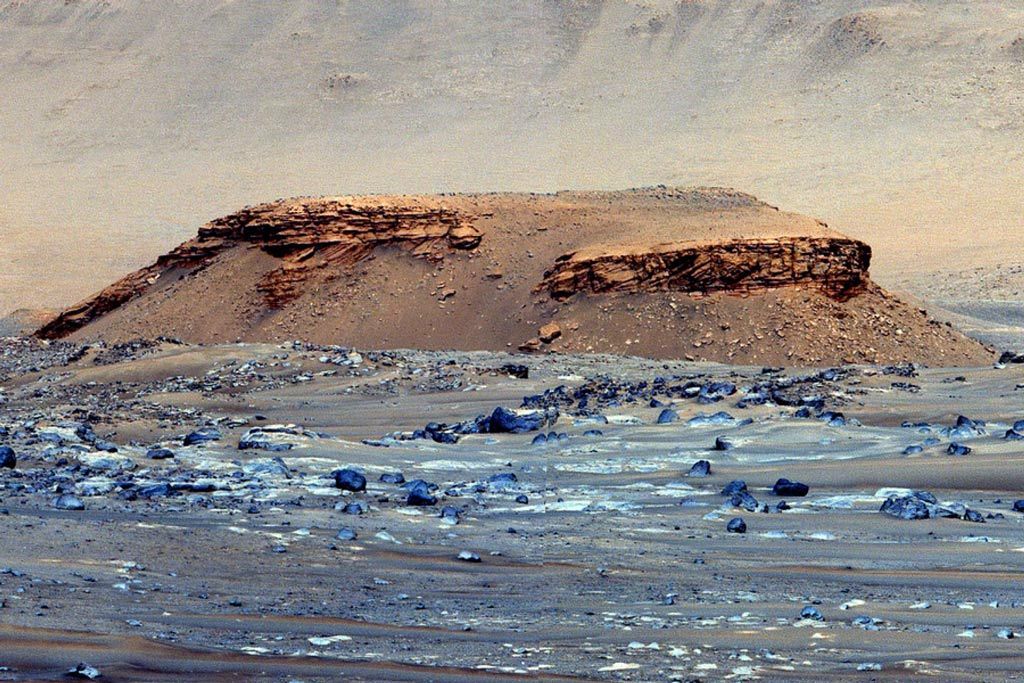The first major analysis of images taken by NASA’s Perseverance rover reveal that Jezero crater is truly the site of an ancient lake, as predicted.

It feels like just yesterday that I spent several hours covering the landing of the Perseverance rover on Mars with my colleagues over at the SETI Institute. In fact, Percy touched down way back in February, over seven months ago. And at the same time, we’ve covered so many Percy stories and so much has happened in our lives since then, that it also feels like Perseverance has been on Mars for years. Funny how time works, isn’t it?
But while we’ve all been dealing with the wild reality in which we are living, the science has continued to flow, and now a first major analysis of images taken by Percy has been published in the journal Science. That analysis provides evidence that Jezero Crater, Percy’s landing site, really is the site of an ancient lake, as we hoped.
In case you have been living under one of the fascinating rocks Percy has been photographing, Mars once had water. Lots of water. And Jezero Crater used to be a lake. We thought this was the case from images taken by the spacecraft in orbit around Mars, but now that we have images from inside the crater, we are certain. Well, as certain as a scientist without an actual time machine can be, but the evidence certainly is plentiful.
First, there is the Kodiak outcrop. Images show distinct sedimentary layers, and the images are so detailed that researchers could measure the thickness, slope, and even length of each layer. Based on that data, they concluded that the layers were deposited by flowing water. And there is even a fan-shaped formation just like we find here on Earth from river deposits into bodies of water.
Second, the images of the landing site showed numerous large boulders strewn about and even embedded in the layers, which means they had to come from somewhere else. Per one press release on the results: Judging from their current location and dimensions, the team says the boulders were carried downstream and into the lakebed by a flash flood that flowed up to 9 meters per second and moved up to 3,000 cubic meters of water per second.
These boulders could represent the transition from wet planet to dry planet, with those flash floods being a big piece of the climate change puzzle in the middle. We’ll learn more as Percy moves about and samples rock, although we might have to wait a few years before those rocks come to Earth.
More Information
ASU press release
MIT press release
University of Florida press release
“Perseverance rover reveals an ancient delta-lake system and flood deposits at Jezero crater, Mars,” N. Mangold et al., 2021 October 7, Science
This story was written for the Daily Space podcast/YouTube series. Want more news from myself, Dr. Pamela Gay, and Erik Madaus? Check out DailySpace.org.
This article was posted from Medium.com.





